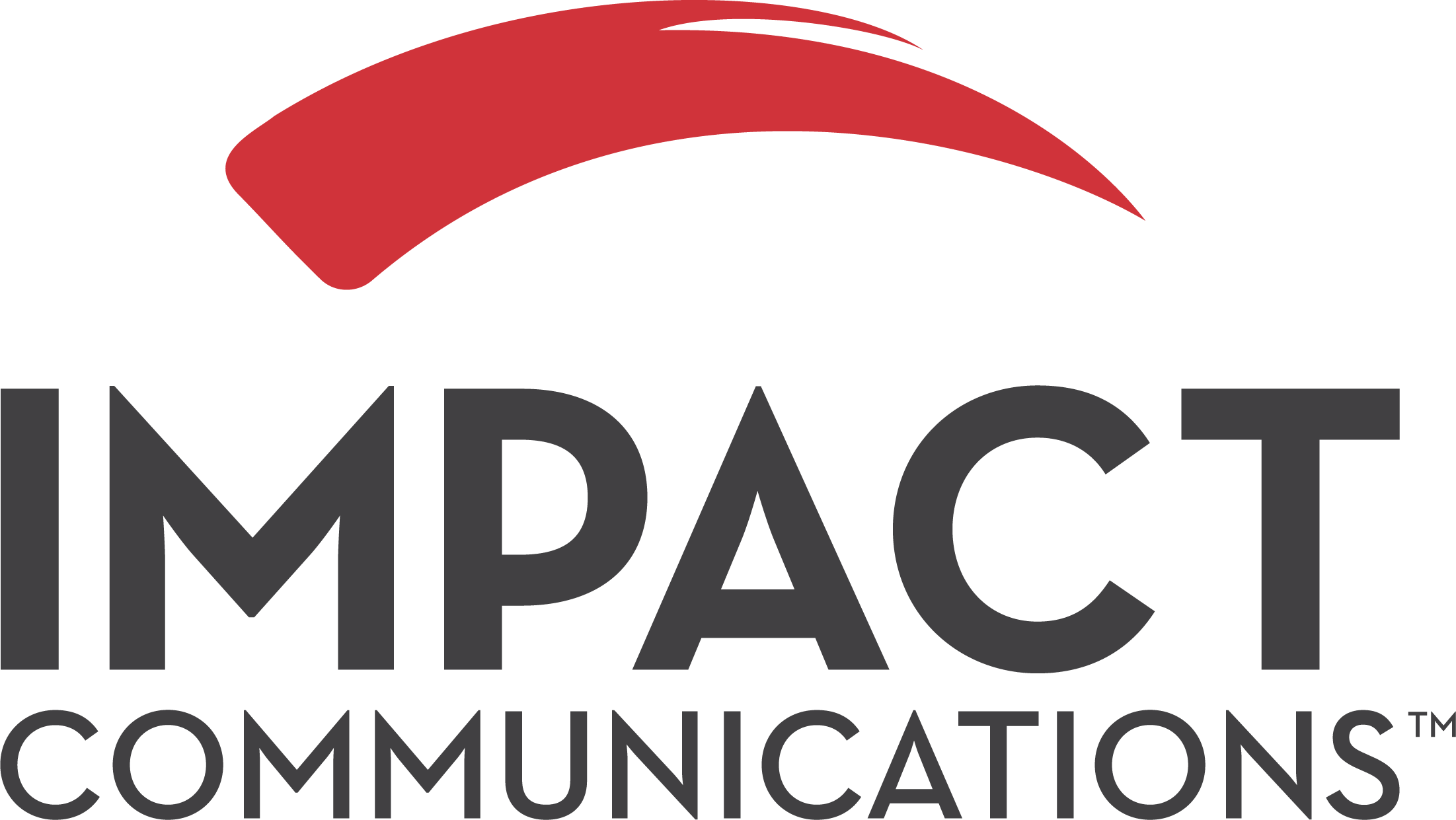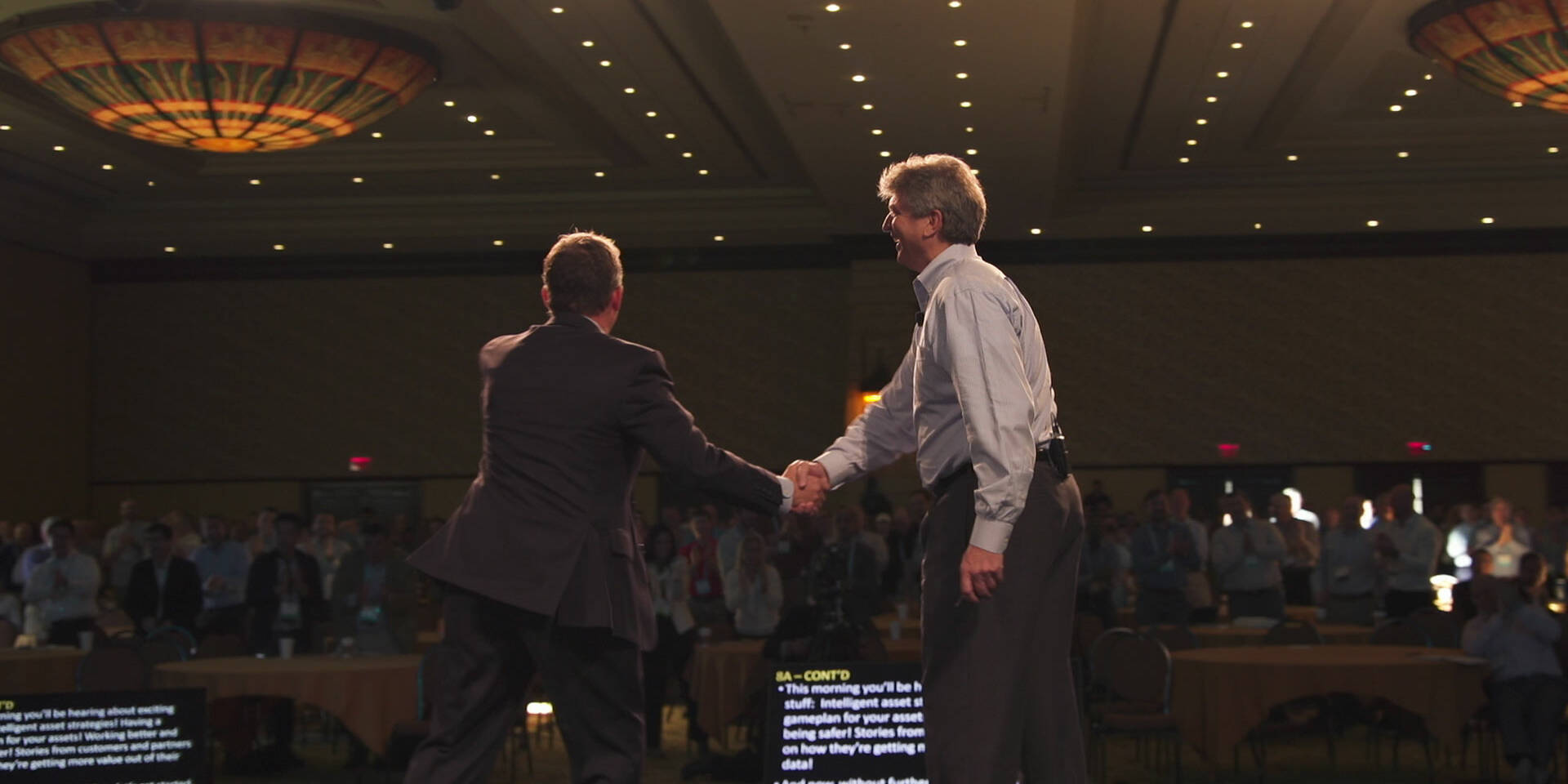Planning your next live event? There are details both big and small that contribute to the production of a successful event – some more obvious than others.
We at Impact have produced hundreds of events in our 40-year history and know a thing or two about all the details. From booking enough venue time to looking at load-in and load-out access, the following list of seven live event production tips will prove invaluable as you sit down to the planning table.
Event Production Must-Dos
- Make sure the space you are booking is big enough to accommodate everything you want to do. Many hotels and resorts publish maximum seating capacities in their event specifications. Those capacities don’t generally take into account your stage, back-stage equipment areas or front of house positions for technical team members and cameras if you’re using them. Every event setup is unique, but it’s not unusual for a rear projection setup to consume 20 percent or more of the available space.
- Put the space you are using on a 24-hour hold. It is important to share your timing needs with the venue to avoid any double booking. For instance, you may need the ballroom one afternoon and again the next morning, but technically not that evening. If not clear on your setup, the venue may book another event that evening, not accounting for the setup you still need in the space. Similarly, you will want ample time on the front end for setup, rehearsal time, etc. and on the back end for strike and load-out. In other words, don’t just account for the event production time, think through the entire project from start to finish.
- Provide all details to the crew. If you are working with an in-house crew or one that you have not previously dealt with, it is important that you provide a detailed queue sheet. This document should highlight direction for audio, lighting, graphics, music and everything in between. Providing a clear understanding of what is needed and what is expected will go a long way toward audiovisual success for the live event. Think about how major these components are – you do not want any errors to arise on event day due to a miscommunication.
- Review load-in and load-out accessibility prior to booking the venue. This not-so-obvious event production tip is important to ensure that the items that must get into the space will in fact fit. For instance, do you expect to drive a car onto the floor? Chances are you need access that will allow for this. Don’t make the mistake of assuming a major (or not so major) venue will be able to accommodate your access needs. Be sure to do your homework before booking.
- When hiring talent, do your research! Make sure you have a clear understanding of what the full performance will entail. How many people will be involved and on stage? What do the costumes look like? It’s best to work out any kinks (hello, wardrobe malfunction!) during a full-costume rehearsal to ensure the live performance works for your audience, there are no snafus, etc.
- Think about your access to electrical power. Depending on the amount of audiovisual technology involved, the right access to power is essential. It is important to note that in many instances, you will have to pay for any electricity you use above and beyond basic wall outlets. That said, you should never assume that because the room is relatively large, there are ample circuits of power available on the walls. Also, in some venues (like Convention Centers) the norm is to shut down auxiliary power overnight. If you have equipment that needs to stay on, you will want to confirm that your power is available 24 hours a day.
- Think about temperature. Depending on the size of the room, audience, and the amount of equipment in use, a meeting room can easily get uncomfortably warm. You want your guests to feel comfortable, which translates to better engagement. Work with your venue contact to ensure the room is cool (okay, downright cold) before the audience walks in. Most HVAC systems are much more capable of warming a room up than cooling it down once guests are in place.
Keep these tips in mind when your live event production team tackles its next meeting or corporate event. These seemingly small details can make a huge difference in how the final production comes together. For related information, visit our blog to learn about ideas that impress and why your event production company should wow you.
Related Posts
June 12, 2024
Why Rehearsals are Important
A lot of time and thought goes into building a powerful presentation.…
April 20, 2023
Six Benefits of Refreshing Your Website
As your company continues to evolve, your website must represent your latest…
February 17, 2023
How Do You View Vacation?
If you’re an average working person, you will have spent 90,000 hours at work…




